“We are a strong people”: Doctors on front lines in Navajo Nation
REVERB is a new documentary series from CBSN Originals. Watch the latest episode, “Coronavirus in Navajo Nation,” in the video player above.
Navajo Nation is one of the hardest-hit regions per capita for coronavirus in the U.S. Despite its relatively low population density, this area has a higher coronavirus death rate than that of 46 states. CBS News spoke with Navajo Nation health care workers on the front lines. Here are three of their stories, in their own words.
Dr. Sophina Calderon
Tuba City Regional Health Care Corporation, Tuba City
Dr. Calderon grew up outside of Tuba City in the Navajo Nation. She is a family medicine practitioner and the deputy chief of staff at Tuba City Regional Health Care Corporation. She is currently seeing patients in the emergency department after the surge in COVID-19 cases in Navajo Nation.
COVID-19 actually appeared at the beginning of March after a super-spreader event suspected of being a church rally that happened here in the Navajo Nation. People from all over actually went and attended this rally. Shortly after, we had our first suspected case here in Tuba City in mid-March. Since then, we’ve had a lot of those people fall ill and show up here at our facility.
That’s when things changed significantly. Many of our regular [medical] services stopped to a halt, and we repurposed staff to set up an outdoor screening area. We repurposed our pediatric care unit to become our respiratory care unit. We have 24 beds in that unit, but our staff and nursing shortage significantly impacts how many we can actually admit and keep here. We can only fill about 15 beds.
Pre-COVID, a lot of the Indian Health Service Hospitals across the country have high [medical staff] vacancy rates already at baseline. And we’ve always been able to make do with that here, but once COVID hit, that deficiency just really became much more apparent.
Our most critical patients, the ones that are severely ill and need to be intubated, are transferred to Flagstaff and to Phoenix — areas far off the reservation. Every day we’re intubating and sending out at least two to four patients a day. Our worst day that I can remember, we intubated and sent out about nine people, and that’s all by chopper.
We could keep more critical patients here if we could increase our ICU nursing staff, critical care nursing staff, and if we could get an intensive care doctor. We have ventilators. We have space. We just don’t have the staff to do it.
One of the things that break my heart is the number of people we need to transfer out every day. Families are left stranded from each other.
A lot of Navajo households are actually multigenerational. We deeply treasure families — large families. We live in the belief of a matrilineal clanship system, so who we consider family is far-reaching and extensive. But if someone falls ill, the rest of the household will get sick as well.
Families are hesitant to break themselves apart, send their grandparents elsewhere where it would be safer. They would much rather stay together, and to them, that’s much more meaningful in this whole fight for survival here — to keep their families together.
I grew up without running water or electricity in a small area just right outside of town. My parents still live in that home. The pediatricians who took care of me while I was growing up are my colleagues now. The doctors who took care of my grandparents when diagnosed with cancer, those are my colleagues now too.
We have a vast number of very committed people making sure this hospital runs well. A lot of these doctors raised their own families here as well. Many of the people who work here are from this community. Our patients are our relatives.
When I help the epidemiology team sort through data, I look at these lists, and I recognize a lot of the names of patients. Some of them might be my primary care patients. Every once in a while I see my own relatives listed. That’s really hard.
Many families are already greatly affected. A lot of the illness has actually clustered in some families. A parent, two children, and a brother — all in one family have died. It’s something that really affects me significantly because I live here. My whole family is here.
We see New York, New Jersey, and Louisiana getting significant help from the government, whether it’s PPE or staffing. I feel like we are this hidden hotspot pocket. We haven’t seen nearly as much help as you see in these other places.
There is a huge feeling of isolation. Many families have voiced this feeling the government isn’t aware of what’s going on here? Doesn’t anyone else see what’s going on here?
Dr. Aaron Price
Tsehootsooi Medical Center, Fort Defiance
Dr. Aaron Price grew up in Fort Defiance in the Navajo Nation. He is the chief of internal medicine at Tsehootsooi Medical Center.
I remember when I was a little kid, if you were being bad, they would always threaten to take you to the hospital. They would say, “Oh, if you’re a bad kid, I’m going to take you to the hospitals, and they can give you a shot,” almost like a form of punishment.
There is a stigma about patients going to the hospital and dying. You have to go back to the historical trauma that the Navajo people had to endure in years past. Once upon a time, hospitals were not really sanctuaries or a place you went for help, but rather someplace you went to die. Hospitals were sanitariums, and that lingers on in our elders, and it’s passed on.
Unfortunately, in this pandemic, there’s a good chance that you could get sick enough and end up in the hospital. Worst-case scenario, they get a breathing tube put down their throat. In most cases, once that happens, they’re basically alone and it’s a good chance they’re also going to die alone as well. That’s the fact of this condition. It’s very unfortunate, but that’s what we’re seeing right now.
This really hits home to the model that was preached initially from day one — our drive is to flatten the curve. We [at Fort Defiance] have been at the tail end of the pandemic more than in the eye of the hurricane.
Circumstances here as a whole are looking pretty good, and we want to stay optimistic. There’s not a lot of optimism happening right now. We won’t know until it arrives, but right now, I feel like we have the capacity, the bandwidth, and the manpower to deal with that at this time.
For many years we’ve had very, very limited resources. For many years the pattern has been to send grandma off to the big city – to Phoenix, Albuquerque or Flagstaff — because they had the technology. They had the specialists to provide definitive care. I mean, imagine if you were sent somewhere where you had no inclination for the language, the customs, the norms and the expectations.
What’s really compelling for me is, for the first time in a long time, reservation hospitals are rising to that occasion. [Tsehootsooi Medical Center] actually has the people with the training, and Navajo physicians at that.
I think the fact that you actually have someone who looks, talks and walks like you offers so much reassurance. That’s a testament to how far we’ve come and the direction we’re going. We’re moving up.
Dr. Michelle Tom
Winslow Indian Health Care Center and Little Colorado Medical Clinic, Winslow
Dr. Michelle Tom grew up in the southern region of the Navajo Nation. After her medical training, she returned home to practice family medicine. She transitioned to treating patients in Winslow Indian Health Care Center’s urgent care and Little Colorado Medical Clinic’s emergency room after COVID-19 patients began arriving at both facilities.
As a family medical doctor, you treat everyone from infants to the elders. It’s such an amazing atmosphere. You get to know entire families. It’s always great when I have a grandmother call me her daughter or her child and thank me for doing what I do because they’ve never met a Navajo doctor before. It’s a dream come true for me.
And you got to see them, their faces, and they got to see mine. We gave handshakes and hugs. All my elders gave me hugs before they left. The medicine I love, and that of my own experiences growing up with Native American healers, was about connection, about touch, sharing a close space and helping to heal. We don’t have that anymore. It’s off the telephone, it’s between me and PPE, or a door.
Now when I’m in the hospital, urgent care, emergency room, I’m wondering if a COVID patient is going to come in. How am I going to prevent them from getting worse? Or am I going to lose this person now? Is it this time that I’m going to contract it? Physicians and nurses, we’re struggling.
We don’t have an ICU per se in our facility, so we have to transport critical patients.
When a young person who was vibrant the week before comes in and we have to tell him if he goes on another liter of oxygen we’re going to have to intubate and send him out to another facility — how do you tell him that? And then he asks, “When will they take it out?” And you have to be honest, and say you don’t know. I don’t know how to put that feeling into words. He’s someone’s son, someone’s brother.
People in the U.S. want to reopen the country. I believe in a public health standard, and as a physician, I think it’s too early. The cases are steadily still climbing in Navajo Nation.
We are a strong people. I think that’s what I’m most proud of. But when you see a brother or sister, kinship, and they’re asking for help and there’s not much more you can do for them, it’s something you’re really never fully trained for.
I think it humbles me to know that I can do only so much, but I will do what I can while I’m here. I ask for guidance from my ancestors and my healers in the past who have passed onto the next life. Remembering them, honoring them when I pray.
All I know is what we have today — a hope that the attention will move Congress and our administration. We need more access to health care and infrastructure, water, plumbing, electricity, education, and jobs that will help feed families. These are huge issues that have been going on for so long. It’s not going to happen overnight, but I am hopeful. We’re getting there, slowly but surely. Hopefully, in my lifetime, it will change.
—Edited by Grace Baek for clarity and brevity.
To inquire further about relief efforts for the Navajo Nation or to make a donation, here are some links to reputable organizations:

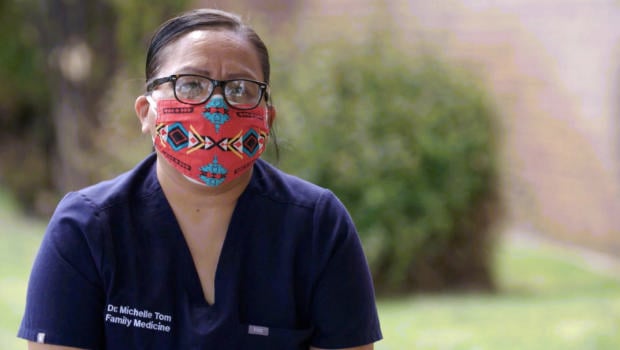
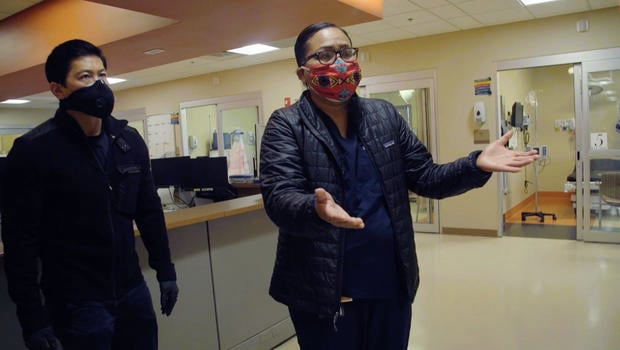

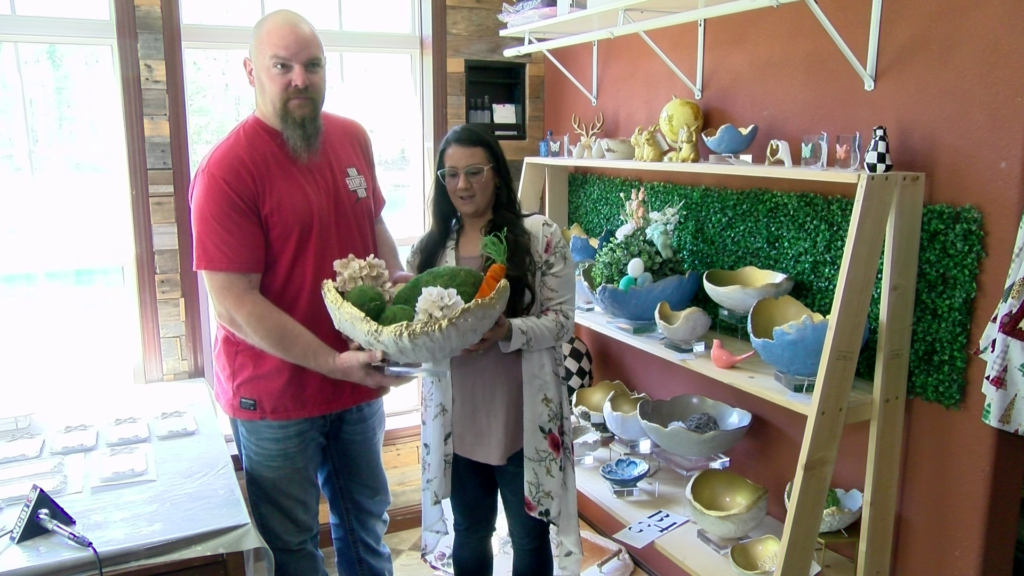
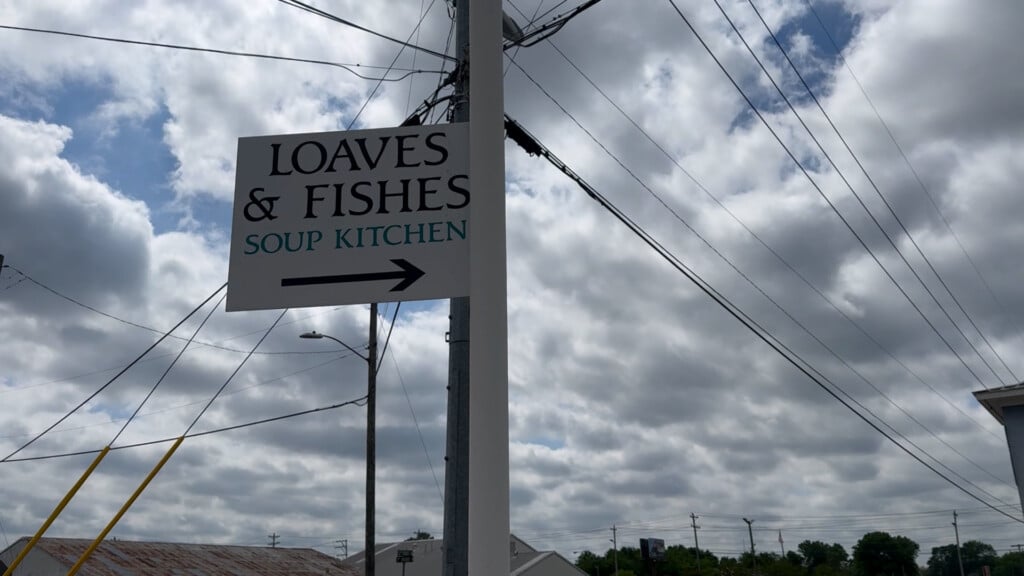
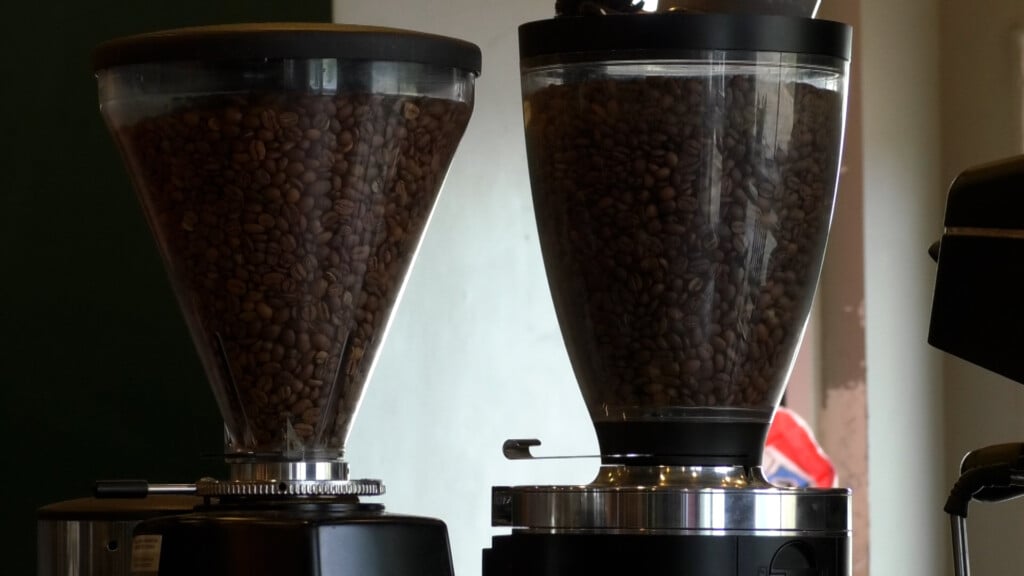
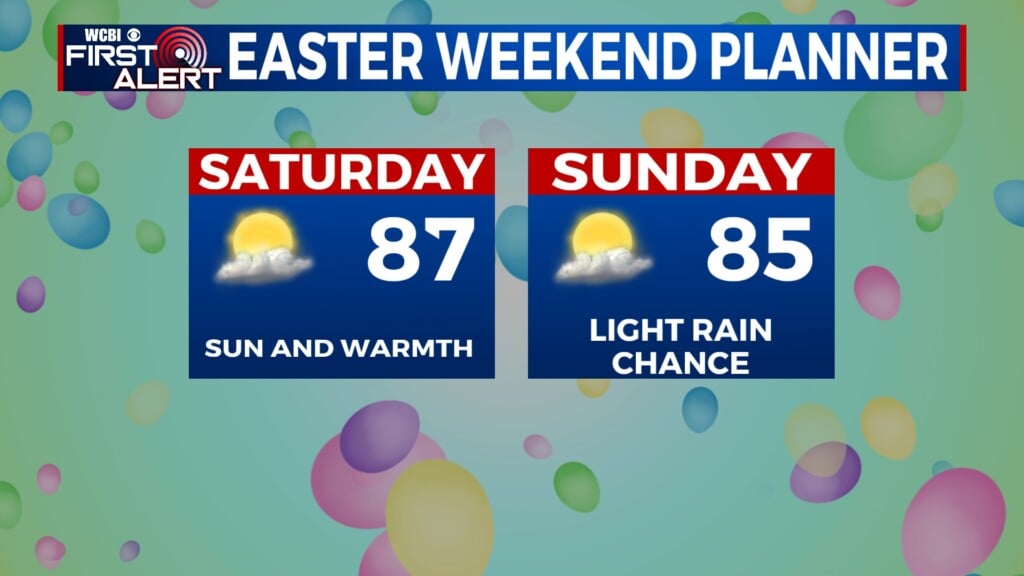
Leave a Reply